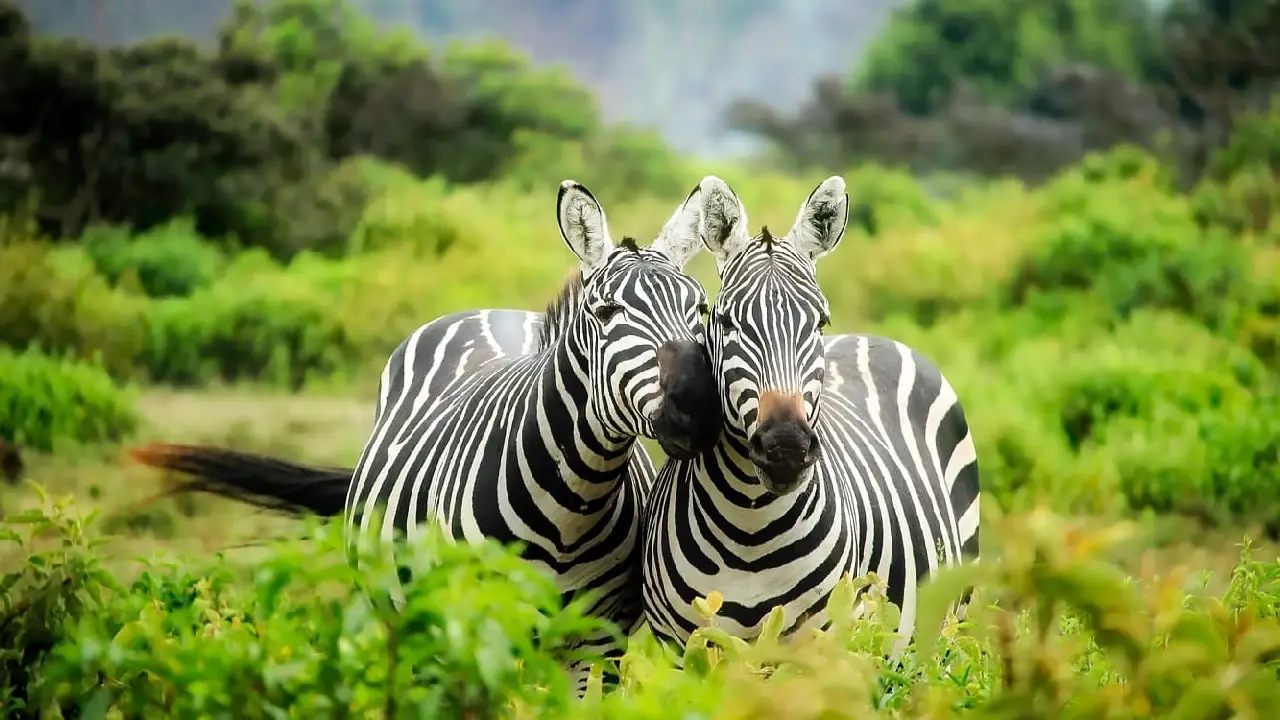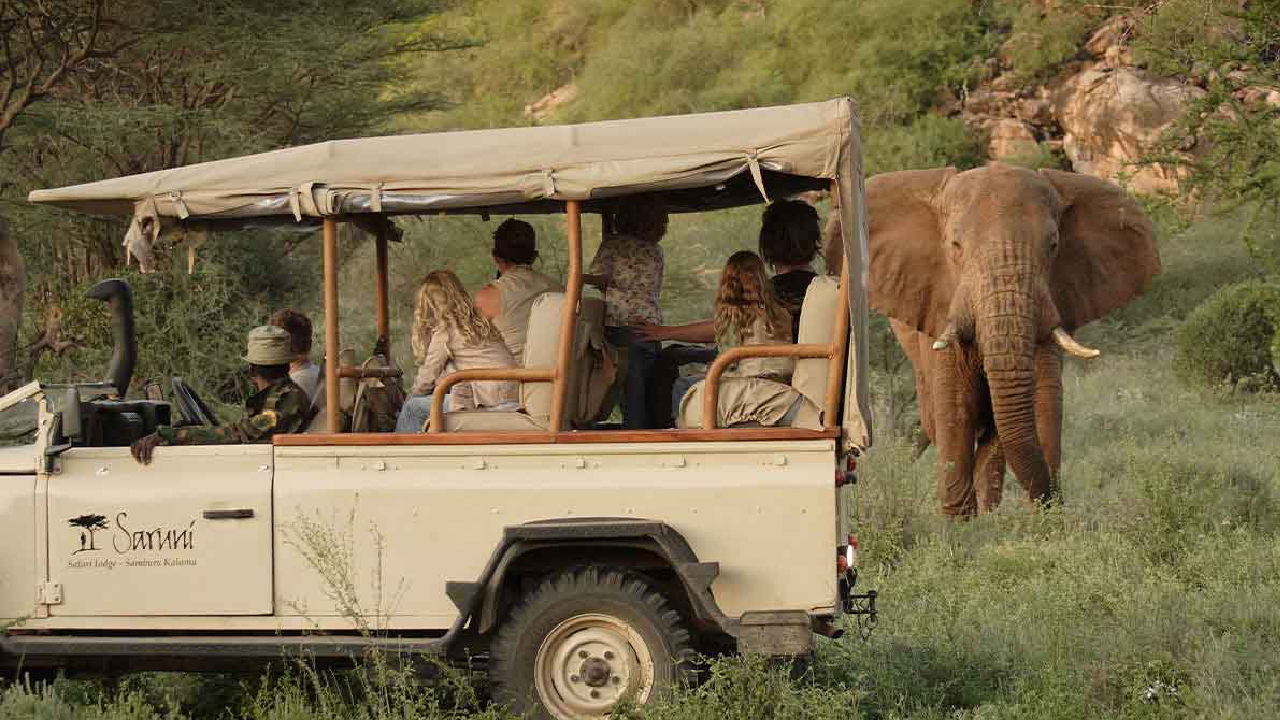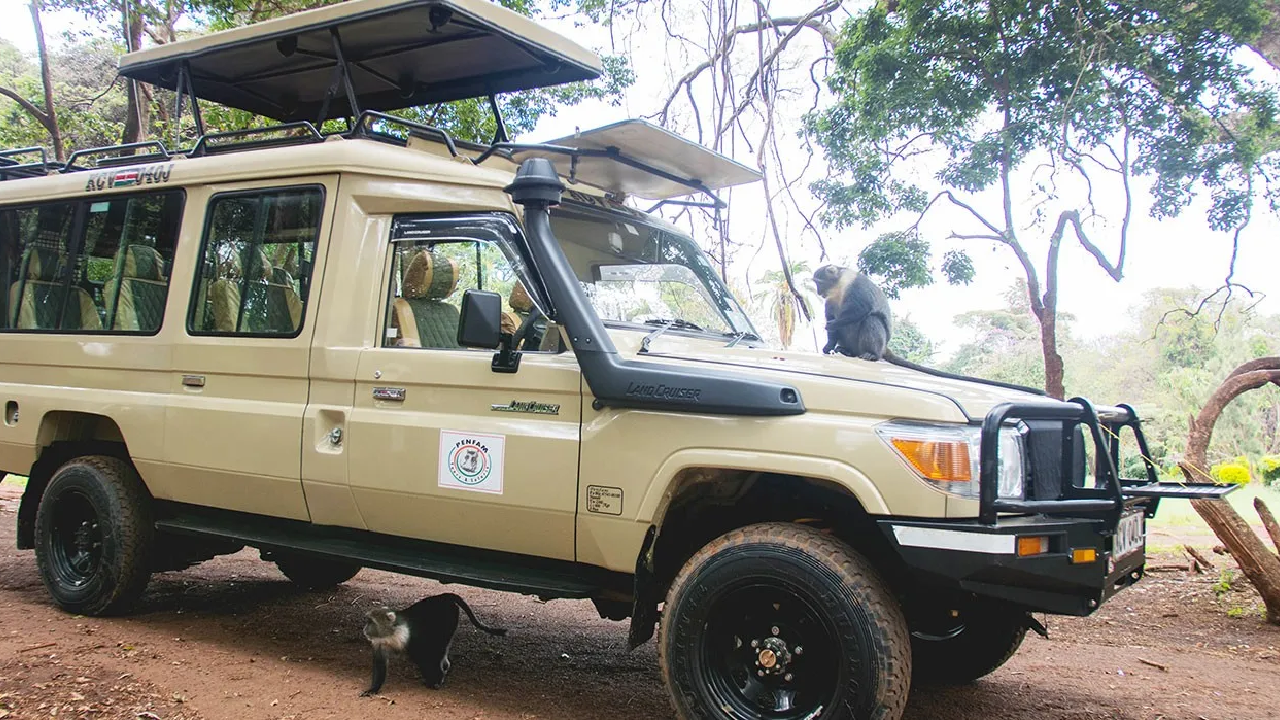Best Time to Visit Kenya for Safari
Planning a safari adventure in Kenya is a dream for many travelers, offering the chance to witness diverse wildlife, stunning landscapes, and rich cultural experiences. However, choosing the best time to visit can significantly impact your safari experience, depending on factors like wildlife viewing opportunities, weather conditions, and crowd levels. Whether you’re a seasoned safari enthusiast or embarking on your first wildlife expedition, understanding the nuances of each season can help you plan an unforgettable trip.

Understanding Kenya’s Climate Zones
Kenya’s climate is influenced by its diverse topography, ranging from coastal plains to mountain ranges and savannahs. Generally, the country experiences a tropical climate, characterized by varying temperatures and distinct wet and dry seasons.
1. Coastal Areas:
- Climate: Hot and humid year-round, with temperatures averaging around 25-30°C (77-86°F).
- Rainfall: Rainfall is distributed throughout the year, peaking in April and May.
2. Inland Plateaus (Nairobi, Rift Valley):
- Climate: Temperate climate, cooler than coastal areas, with temperatures averaging 15-25°C (59-77°F).
- Rainfall: Two rainy seasons – long rains from March to May and short rains from October to December.
3. Highlands (Mount Kenya, Aberdare Range):
- Climate: Cool to cold climate, especially at higher altitudes, with temperatures ranging from 10°C (50°F) during the day to below freezing at night.
- Rainfall: Rainfall occurs year-round, with heavier rains during the long rainy season.
Best Time to Visit Kenya for Safari
Choosing the best time to visit Kenya for a safari depends largely on what you hope to experience during your trip – whether it’s witnessing the Great Migration in Maasai Mara, exploring the lush landscapes after the rains, or enjoying quieter game drives with fewer tourists. Here’s a detailed breakdown of each season and what you can expect:
1. Peak Season (July – October)
July to October marks Kenya’s dry season, making it the most popular time for safaris, especially in renowned parks like Maasai Mara and Amboseli.
- Wildlife Viewing: This period coincides with the Great Migration in Maasai Mara, where millions of wildebeest and zebras cross from Tanzania’s Serengeti in search of fresh grazing lands. It’s an unparalleled wildlife spectacle with predators in abundance.
- Weather: Enjoy dry, sunny days with clear skies, making it ideal for game drives and photography. Temperatures are comfortable, ranging from 20-30°C (68-86°F) during the day and cooler at night.
- Crowds: Expect higher tourist numbers, especially around Maasai Mara and Amboseli. It’s advisable to book accommodations and safaris well in advance to secure your spot.
2. Shoulder Seasons (November – December, January – February)
The shoulder seasons offer a blend of good wildlife viewing opportunities and fewer crowds compared to peak season.
- Wildlife Viewing: Wildlife remains abundant, and in some parks, you can witness the beginning of the short rains, transforming the landscapes into lush greenery.
- Weather: November and December are relatively hot with occasional afternoon showers, while January and February are drier with clear skies. Temperatures range from 20-28°C (68-82°F).
- Landscape: The green season brings out vibrant colors, making it an excellent time for photography and birdwatching.
3. Low Season (March – June)
March to June is considered the low season due to the long rains, but it offers unique advantages for certain types of travelers.
- Wildlife Viewing: Although wildlife is still abundant, the dense vegetation can make animals slightly harder to spot. However, it’s an excellent time for birdwatching as migratory birds flock to Kenya.
- Weather: March to May experiences long rains, revitalizing the landscapes and creating lush, green scenery. June sees shorter rains and cooler temperatures, ranging from 15-25°C (59-77°F).
- Advantages: Enjoy lower rates on accommodations and fewer tourists, enhancing the sense of exclusivity. It’s a great time for budget-conscious travelers or those seeking a quieter safari experience.

Practical Tips for Safari Travelers
Regardless of when you plan your safari in Kenya, there are several practical tips to ensure a smooth and enjoyable trip:
- Clothing: Pack light, breathable clothing for daytime safaris and warmer layers for early mornings and evenings when temperatures can drop. Neutral colors are recommended for blending in with the surroundings.
- Photography: Bring sufficient memory cards and batteries for your camera to capture stunning wildlife moments. A telephoto lens (200-400mm) is ideal for wildlife photography.
- Health Precautions: Consult your doctor regarding malaria prophylaxis and other vaccinations recommended for travel to Kenya. Carry insect repellent and sunscreen.
- Booking: Plan and book your accommodations and safaris well in advance, especially if traveling during peak season, to secure your preferred lodges and camps.
Conclusion
Choosing the best time to visit Kenya for a safari depends on your personal preferences and what you hope to experience during your trip. Whether you’re captivated by the drama of the Great Migration, eager to explore Kenya’s lush landscapes after the rains, or seeking a quieter safari experience, each season offers unique opportunities for wildlife viewing and adventure.
At VSafaris.com, we specialize in creating tailor-made safari experiences that cater to your interests and preferences. Whether you’re a wildlife enthusiast, a birdwatching aficionado, or simply seeking a memorable African adventure, our team is dedicated to crafting the perfect safari itinerary for you. Start planning your dream safari with us today and embark on an unforgettable journey through the wilds of Kenya.
